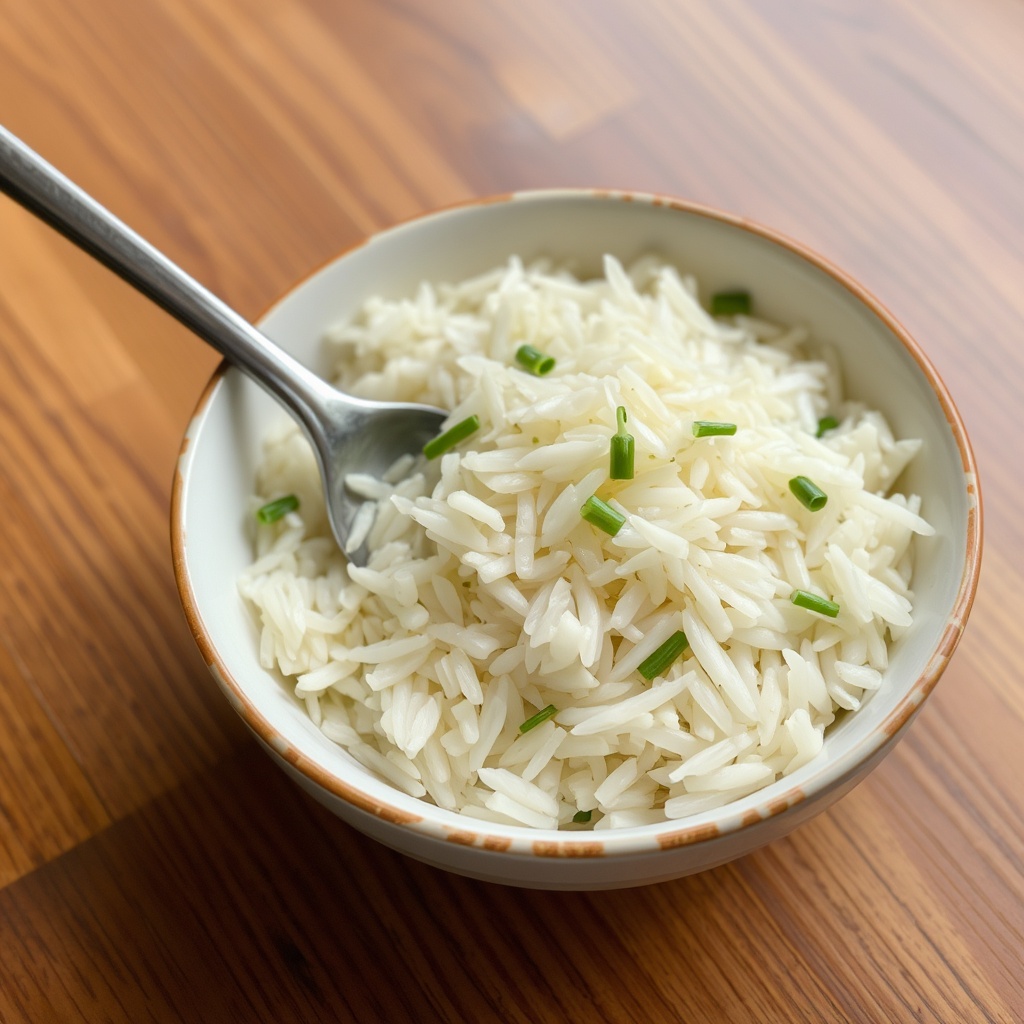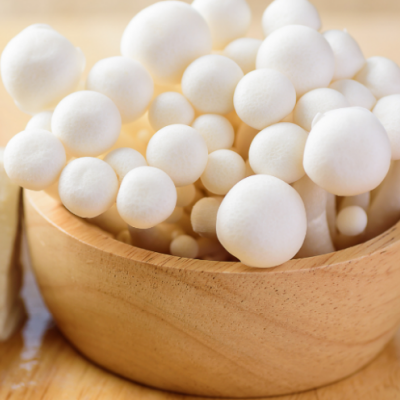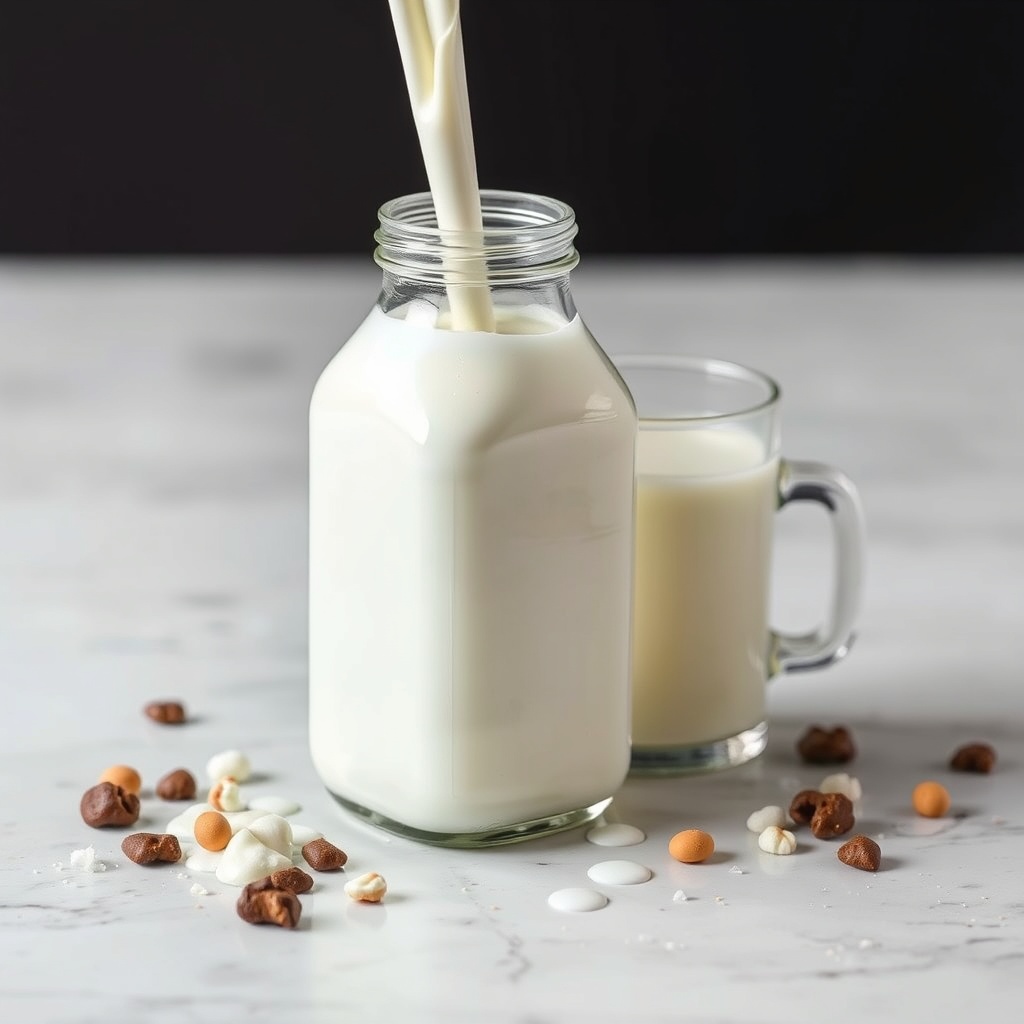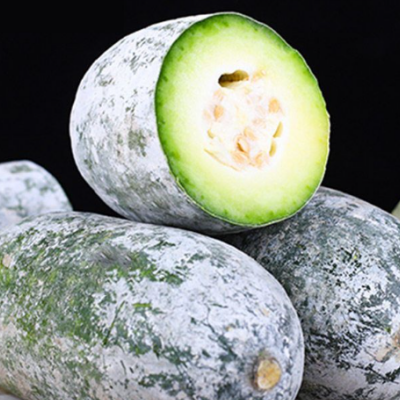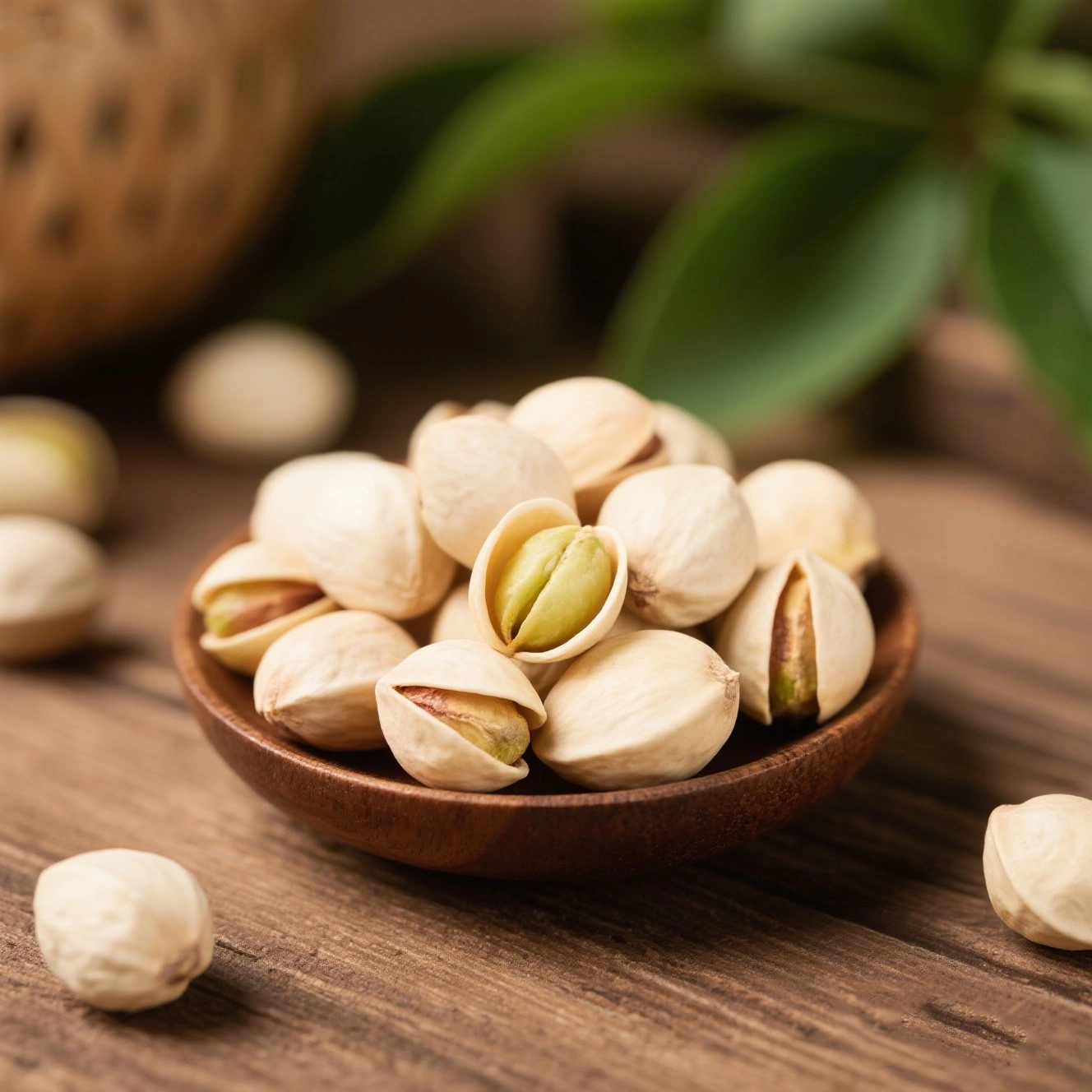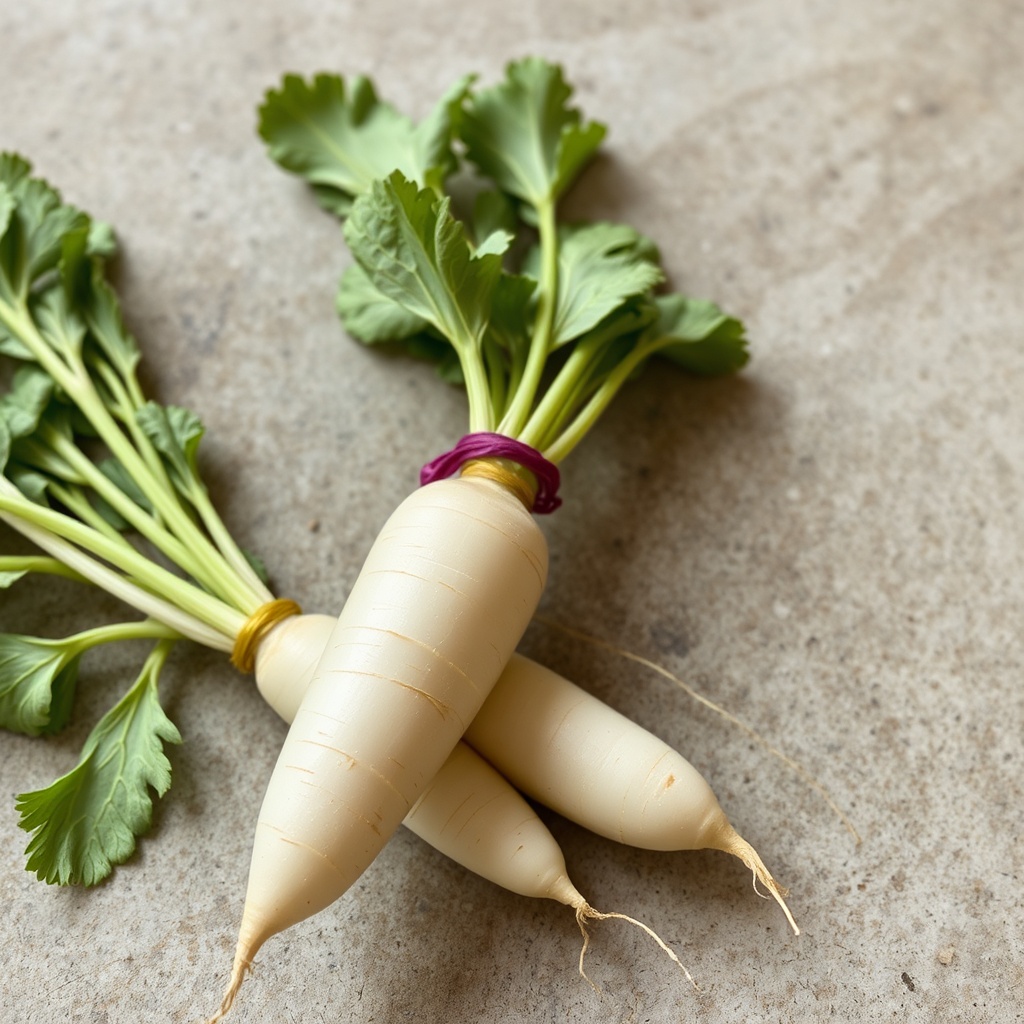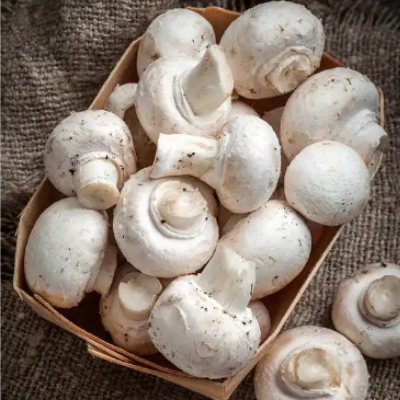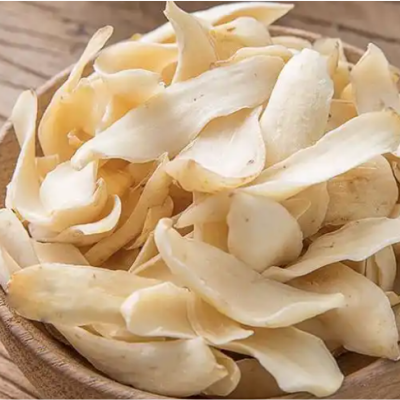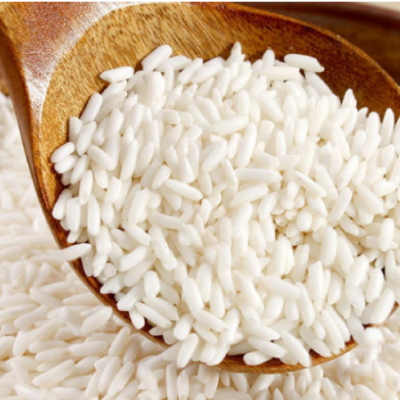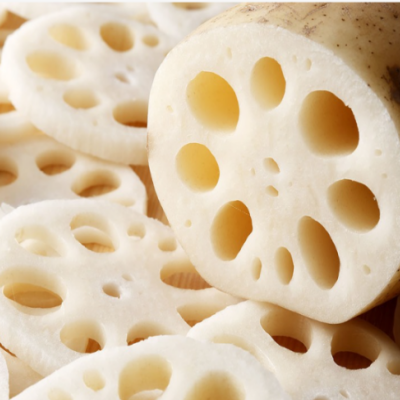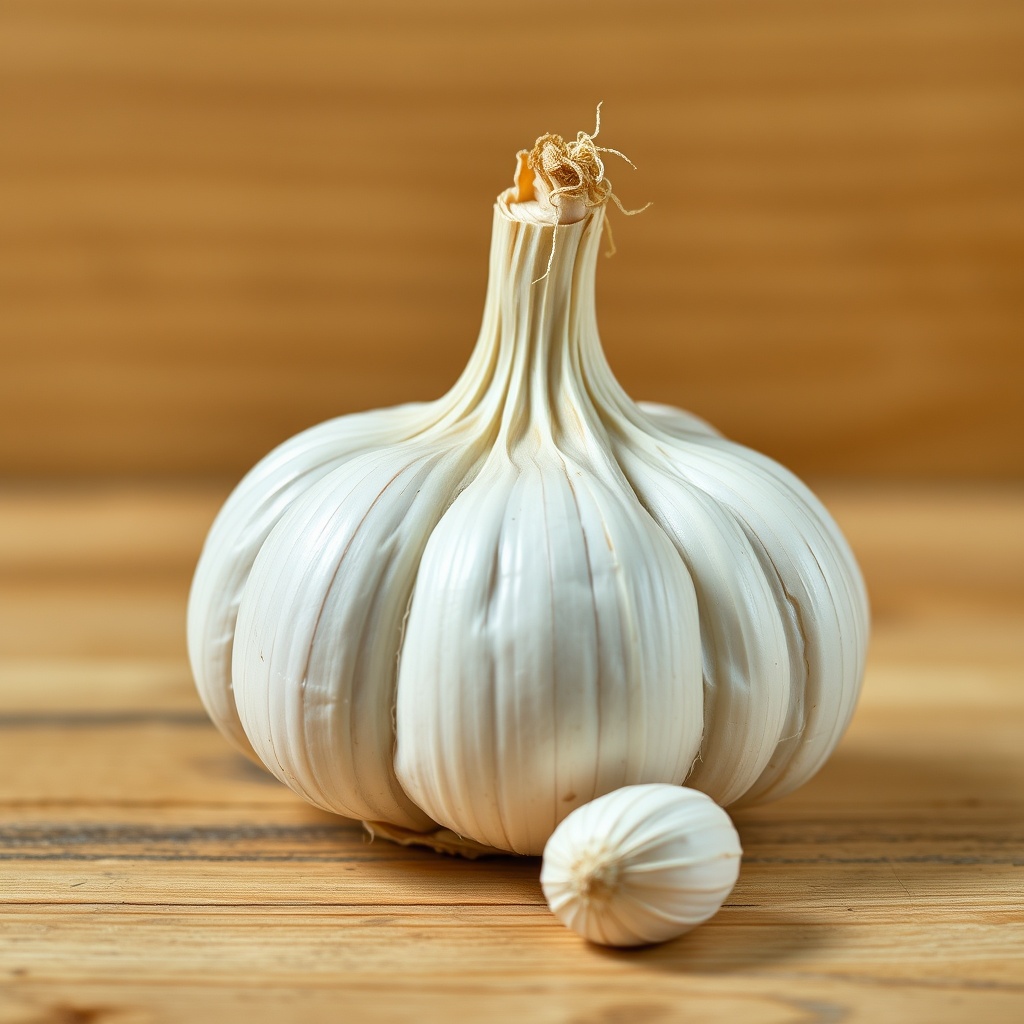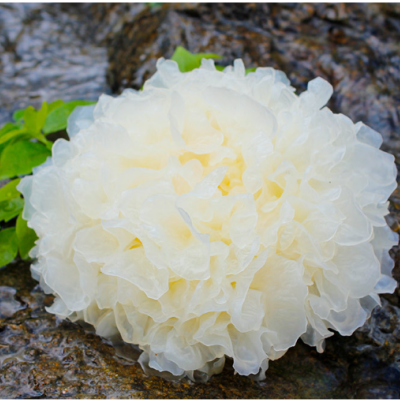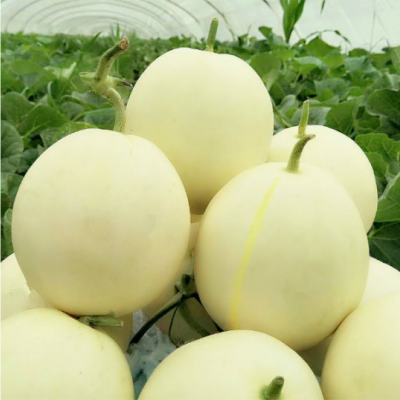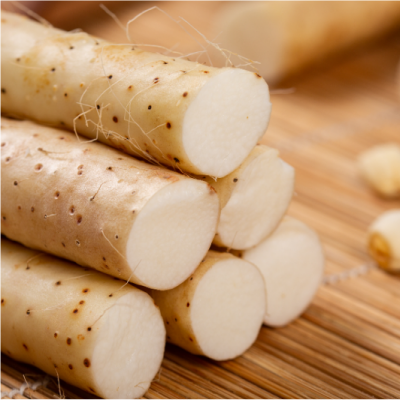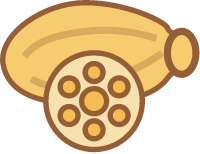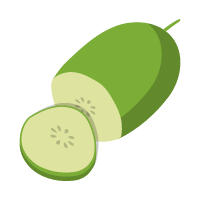How many white foods do you know?
Most white-colored foods are rich in minerals and amino acids.
They also contain abundant plant phytochemicals such as anthocyanidin polyphenols, protein, and more than 10 types of nutrients.
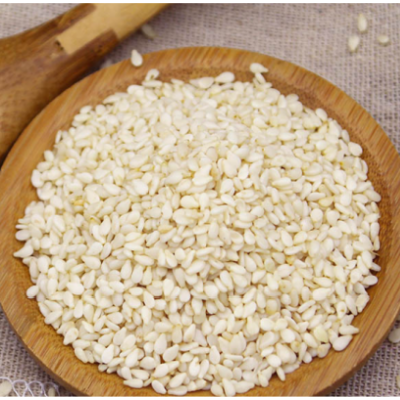
Rich in fats, protein, vitamins A and E, calcium, iron, magnesium, and linoleic acid
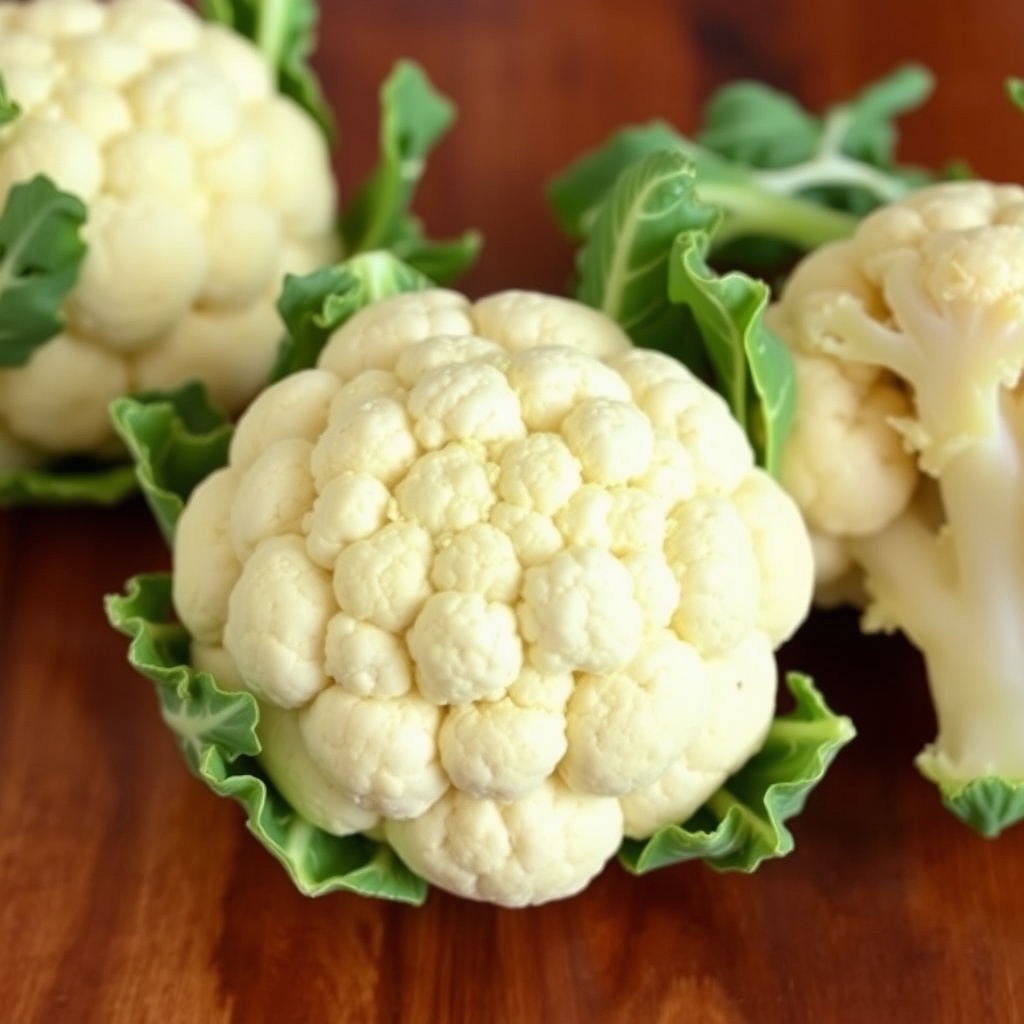
Rich in vitamin C, dietary fiber, antioxidants (such as glucosinolates), and minerals (potassium, calcium, magnesium)
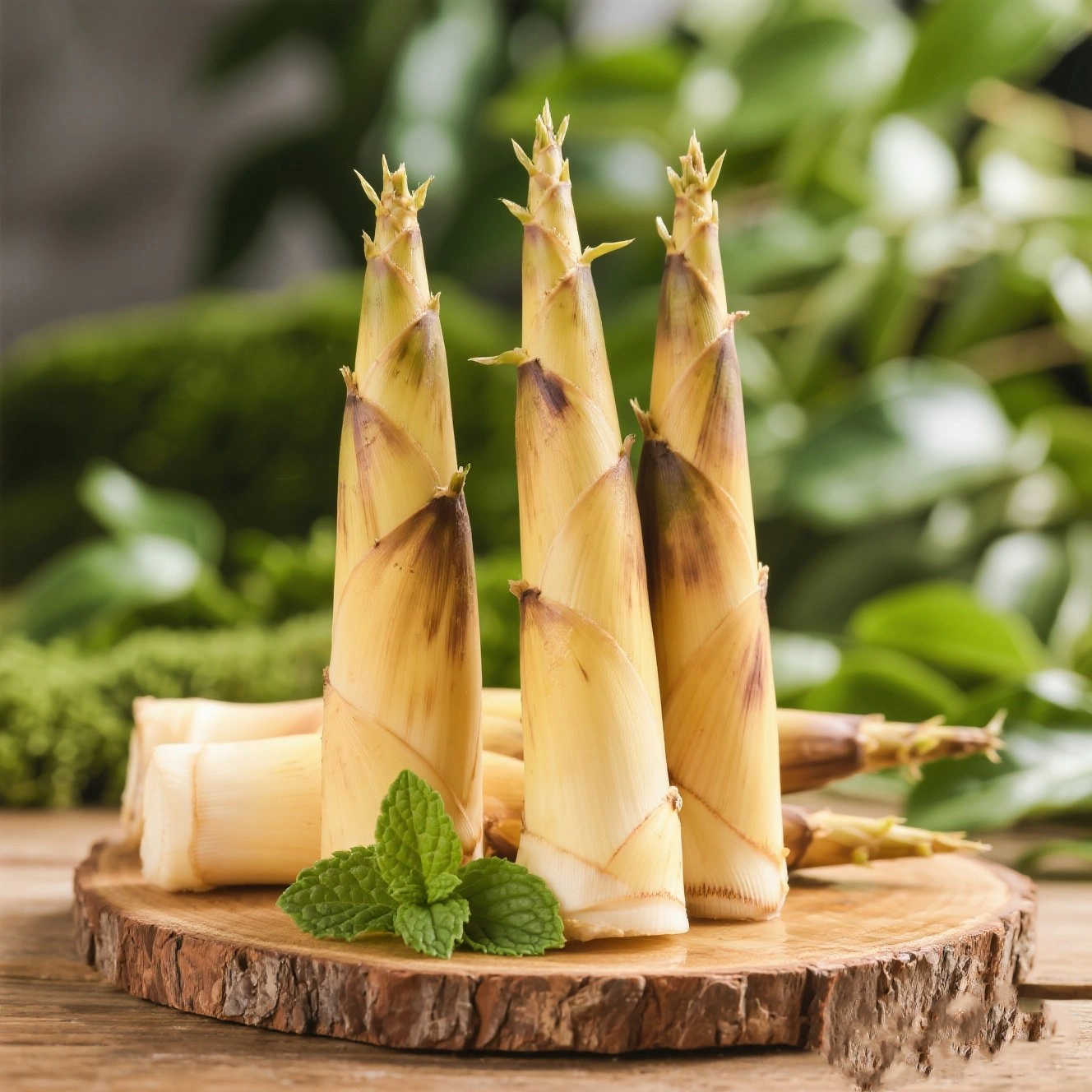
Rich in Containing various nutrients such as protein, amino acids, carbohydrates, dietary fiber, vitamins
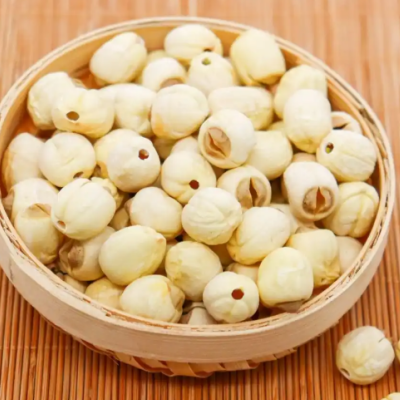
Rich in carbohydrates, protein, dietary fiber, and minerals like potassium, phosphorus, magnesium, calcium, and iron
The benefits of white food
Immune System
White foods such as white beans, white carrots, and rice are rich in vitamin B2 and vitamin E, which help improve immunity and enhance the body's resistance.
Promote intestinal health
White foods such as bananas, rice, sorghum, and taro are important sources of dietary fiber.
Reduce the risk of heart disease
Some white foods such as apples, oranges, grapes, and soybeans are rich in antioxidants, which help reduce the damage of free radicals to the cardiovascular system and thus lower the risk of heart disease.
control blood sugar
Some white foods, such as peas and peanuts, are rich in dietary fiber, which can slow down the absorption rate of sugar in foods, help control blood sugar levels, and have positive significance for the prevention and management of diabetes.
Nourishing the lungs and nourishing yin, as well as weight loss and slimming
White food is also believed to have the effect of nourishing the lungs and nourishing yin, which can moisturize the lungs and improve respiratory health
Recommended White Foods & Healthy Recipes
Multicolor Pairing Suggestions
White food provides energy, increases fiber intake, is rich in vitamins and minerals, and lowers cholesterol
Combine them using the “Rainbow Principle” for balanced nutrient intake. Let your meals become colorful and healthier!
Daily Goal: Include at least 3–5 different colored foods, e.g., green broccoli (liver protection), black wood ear mushrooms (kidney support), white yam (lung nourishment).
Cooking Tips: Combine red ingredients with fats (e.g., scrambled eggs with tomatoes) or acidic seasonings (e.g., lemon juice) to enhance fat-soluble nutrient absorption.
White Food Selection | Video Tutorials
How to Pick White Button Mushrooms
5 Incredible Health Benefits Of Yams
Top 9 Surprising Benefits Of Winter Melon
Cooking of White colored food | Video Tutorials
How to Cook Mushrooms Perfectly
How To Boil yam | Best Method ever
How to Cook Spinach Like a Pro
How to cook white radish
